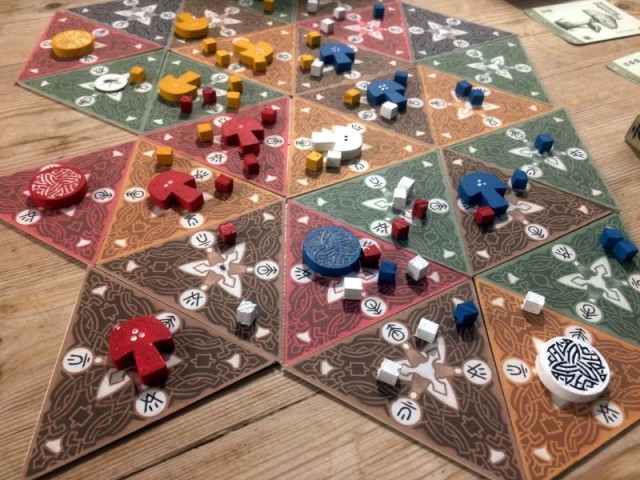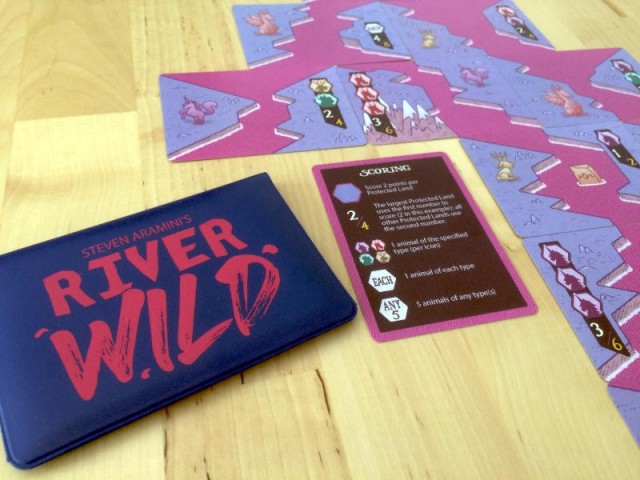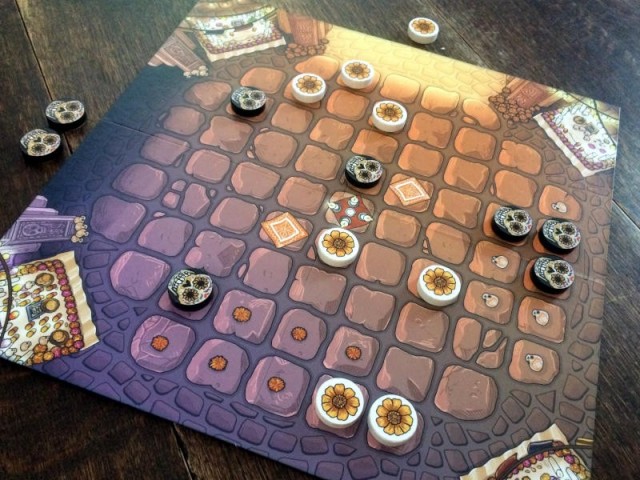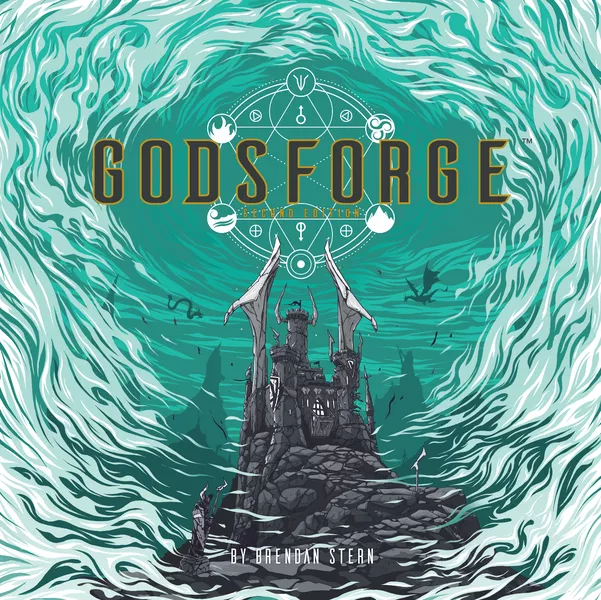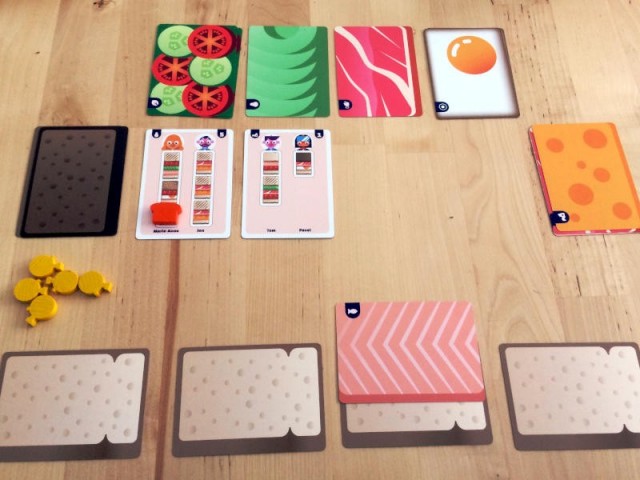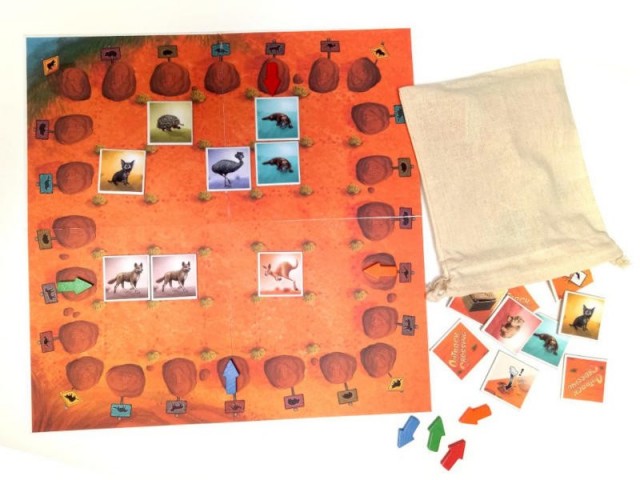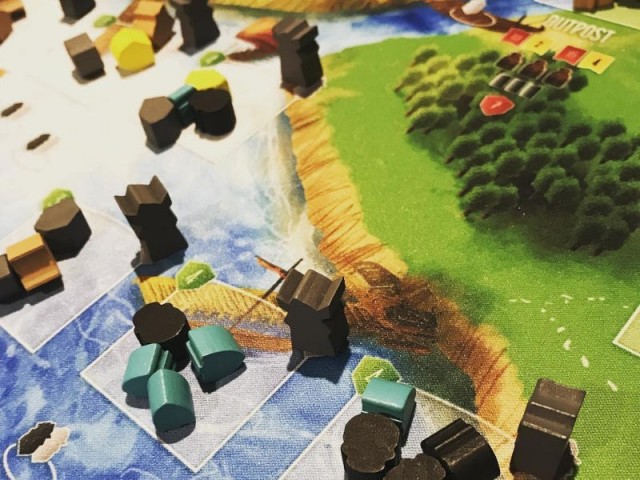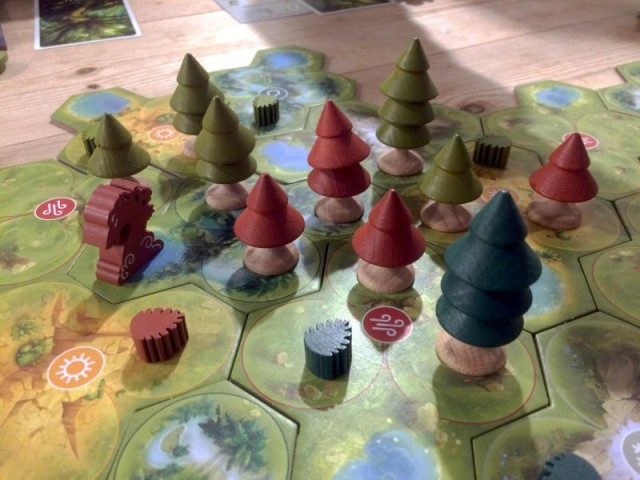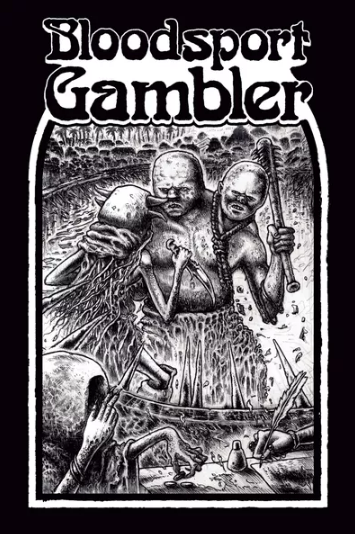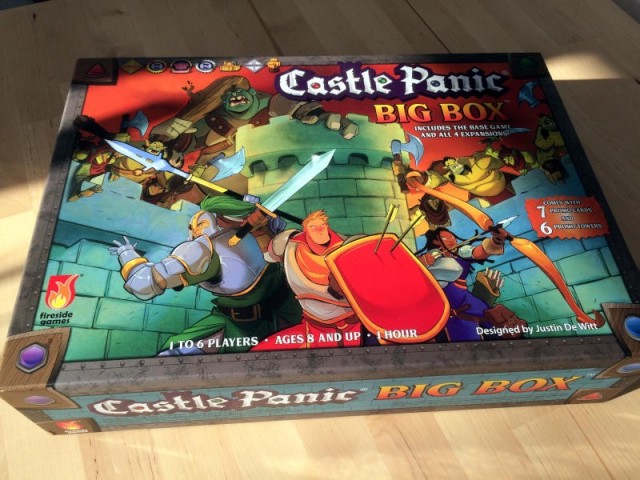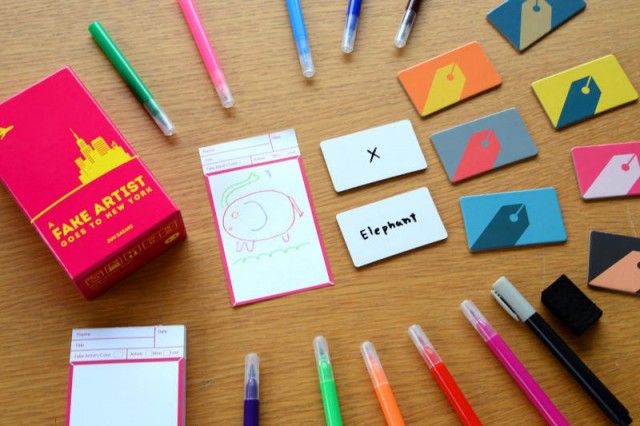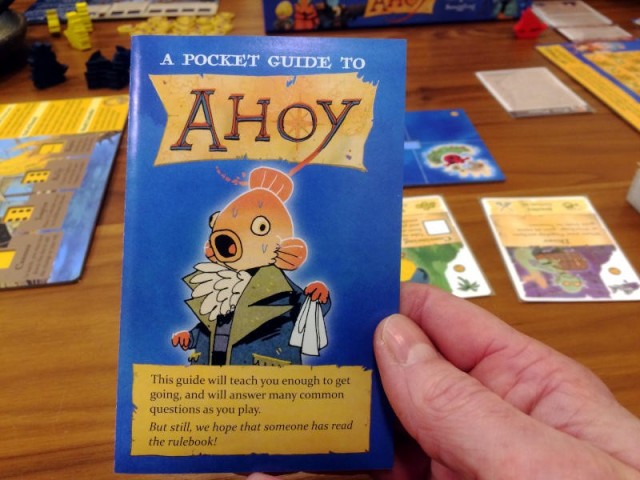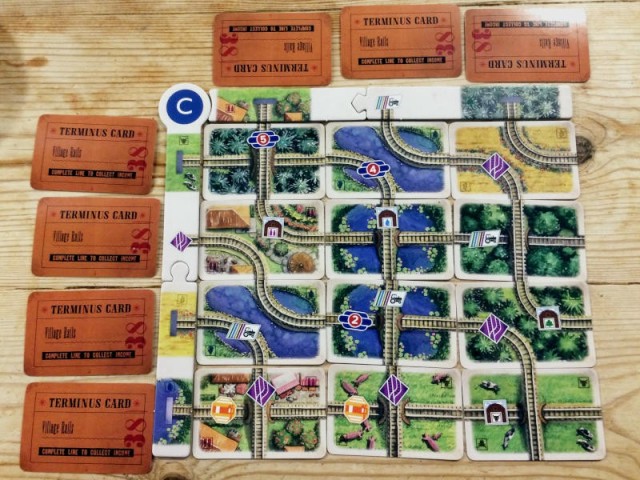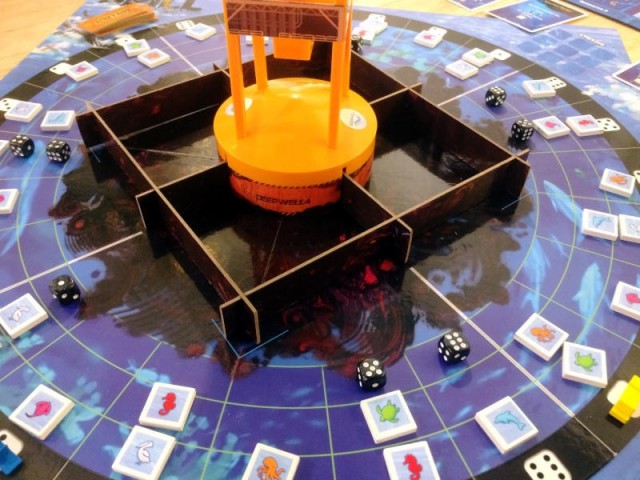We surveyed 100 board game reviewers and asked them their least favorite type of “trivia” questions. How many of them answered “We surveyed 100...” questions? Well, I can tell you the answer is at least one. Yet, here I am reviewing a game that consists entirely of “Out of 100 people surveyed...” questions and I can tell you at least one reviewer enjoyed it.
I dislike the aforementioned type of questions because it comes down to educated guesses. To me, that isn't trivia. Keep It 100 embraces that aspect, where the heart of the game is guessing where the answer to the question you just asked will fall into the ever-growing lines of previous answers. For instance, if a line currently consists of the numbers 4, 45 and 80 and the question asked was “What percentage of Instagram users say they hate the term Influencer ?” Would you slide it between the 4 and 45? Or between the 45 and 80? Or, if there was true justice in this world, it would be above 80% and the only idiots who think they are influencer's actually like the term?
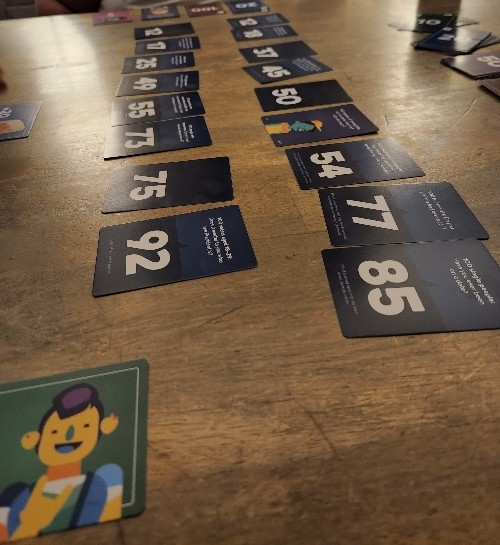
The other players then use their player cards to bet on if they think your placement of the card is accurate or if they think it will fall below the low card or above the higher card in the line you selected. If you guessed correctly as the “slider” you earn 20 points, and your card is added to the number line, making the game more difficult as you go. The other players gain 10 points for correctly guessing where it would fall into the card line.
If you have played Time Line or Wits and Wagers, you probably recognize aspects of those games within this title. Keep it 100 does make some concessions to keep the game firmly on the party side: There are two active number tracks, so if your answer would really be threading the needle on one track, you can usually use the second track to give you a little more breathing room. There are also variants that let you bet your accumulated points on questions you are (reasonably) sure of the answer.
When it is your turn, your natural inclination will be to pick up a card, hold it in front of yourself and read it to the group before you answer. Don't. The answer, in huge number form, is on the back of the card. Good thing there are over 360 cards to select from because there are going to be plenty of times where someone picks up the card and starts reading to be greeted by a chorus of “We can see the answer! Discard it and draw another one.”
The scoring cards are also double sided with 10 points on one side and 20 on the other. In theory, you can just tell someone to flip it over from the 10 side to the 20 side when they score 10 points. In real life, it will be a constant question of “What side was this on? Have I flipped it yet? Can I exchange these two 20s and this 10 for a 50 please..and make sure it doesn't flip to the 100 side when you slide it to me.” It's a needless inconvenience where simple single sided cards would have solved this.

I've learned all types of things from the answers. Like it must be really exciting to be a gay man in Norway and that a lifetime of coding will assure you that God is dead. The conversations that can be brought up after reading the answers is one of the keys to making it a fun game. But those conversations won't always happen and sometimes it's just question after question where you look at each other and say “Those 100 people were idiots.” I do appreciate they include the year the survey was conducted on the cards, it gives necessary perspective on many of the questions.
Keep it 100 managed to take my least favorite type of trivia questions and turn them into a party game that I enjoy. Put an extra emphasis on the word party in that sentence. The stakes are low and casual. If you guess wrong when you slide a card into the number line, you rarely feel “bad” about it. It was a guess. The whole game is about guessing. Oh, by the way, Keep it 100 is, according to my kids, slang for “Keep it real.” Care to guess what percentage of people writing this review knew that?
A review copy of this release was provided by the publisher.
 Games
Games How to resolve AdBlock issue?
How to resolve AdBlock issue? 